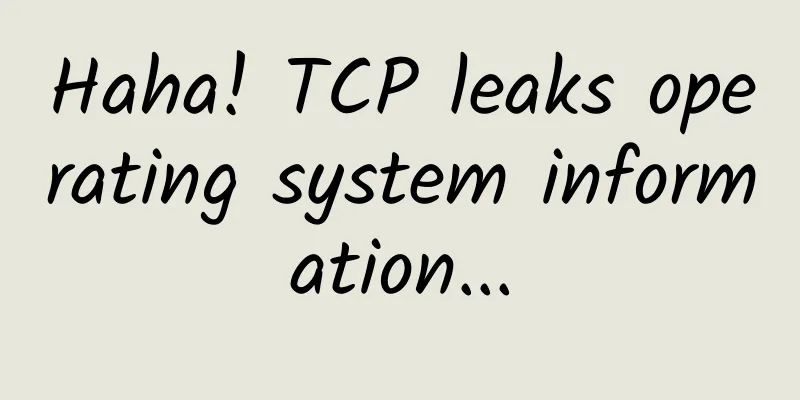Building a native cloud to truly realize the benefits of NFV

|
The goal of network function virtualization in the last five years is set out quite clearly in a white paper jointly published by network operators, namely to significantly reduce the capital and operating costs associated with deploying communications services. Although NFV is developing at an astonishing pace, the vast majority of efforts since its emergence have been focused on management and orchestration. The virtualized network functions of NFV are actually lagging behind management and network orchestration. The approach adopted by most vendors is to simply migrate the existing product code base to virtual machines (VMs) to meet the goal of so-called virtual network functions, but this is not the case at all. The advantage of virtual machines is that they complement the shortcomings of traditional communication software components along with the emerging NFV infrastructure, and traditional equipment built on dedicated hardware can work more easily in a common virtualized environment. However, these hypervisor-based hardware virtualization technologies require significant capital investment and lack failsafe measures, and the lack of redundancy protection reflects that today's approach is not virtualization. As a result, the solution cannot meet the cost savings goals that communication service providers want to achieve, and they must change every aspect of their business to support this new model.
Native cloud virtual network functions (VNFs) start from the basics, using highly scalable, web-centric design patterns and practices. However, with the unique needs of telecommunications services and infrastructure, these approaches must be extended to support distributed state and asynchronous message processing. With this foundation, native cloud VNFs are not limited to hardware-based virtual machine deployments in private clouds. Leveraging efficient lightweight containers, instantiated in a fraction of the time required for virtual machines, it can be deployed in public clouds or public/private cloud hybrid environments, providing on-demand capacity and failover only when needed. Together with highly automated commercial container cluster orchestration, this solution is more cost-effective than earlier NFV solutions while greatly improving the agility of the overall service. The migration to native cloud network services should be an opportunity to completely abandon the traditional monolithic software architecture and adopt a microservices-based architecture. In the field of NFV, microservices are smaller, autonomous, and larger components of VNFs. They can be developed independently of larger network functions or jointly developed by different vendors to provide the best solution. In addition, through fine forwarding or service chaining, microservices can be reused across multiple different network functions, eliminating the duplication of public network element functions. Microservices are essential for implementing horizontal expansion that meets user and traffic needs. In addition, they are the basis for service enhancement and upgrades in a DevOps manner. In summary, cloud-native virtual network functions built and deployed in a container environment using microservices can theoretically achieve the best cost-effective scale. Services can be started quickly, and when part of the service goes down, fault isolation can be better achieved. In addition, microservices can be added as needed to handle increased capacity or backup needs. So what services can benefit greatly from solutions delivered using cloud-native VNFs? Network operators have already begun deploying and delivering 5G mobile connectivity and services. This next generation of mobile connectivity cannot run on today’s network functions, which are often inflexible, expensive to scale, and expensive to upgrade. Industry standards body ETSI says 5G networks need to be highly scalable, able to provide ultra-low latency connections and support a large number of concurrent sessions. In addition, network performance must be reliable and supported by strong security policies. Basically, 5G is more than just a RAN upgrade, it requires a new type of core network to deliver the service, scale, security, and quality of experience requirements. While 5G requires a change in the way networks are built, which will drive the need for scalable, configurable, cloud-native VNFs, the development of LTE-based services has already pushed networks to their limits. With the increase in IoT and smart home applications, there is an urgent need for the development of network functions that are designed to fully utilize the cloud rather than simply reside in the cloud. Cloud-native IMS core and edge session controllers can bring real-time value to operators who want to extend IMS functions to the enterprise. As more and more mobile devices are connected to the network and the IoT industry is booming, consumers will have higher demands on network operators than ever before. We are entering a new era of communications, an era that requires 5G scale and cost efficiency, which requires the implementation of NFV to be based on native cloud VNFs, because only native cloud virtual network functions can truly realize NFV. |
<<: 10 good ways to optimize mobile pages for developers
Recommend
One of the most popular network protocols - LoRaWAN?
Communication and network protocols are an essent...
Teach you how to solve the WiFi coverage problem in various apartment types
Weekend nights are all about having fun! Playing ...
[LeaTech Summit Review] Red Hat Global Vice President Cao Hengkang: The secret of digital transformation lies in people "cooperation"
[51CTO.com original article] Not long ago, the Le...
Operations and Continuous Delivery
Operations and Continuous Delivery In the era of ...
Five pictures to solve FTP
FTP Principle and Configuration FTP is a protocol...
If 4G construction is "building roads", 5G is actually "building cities"...
"Now that I'm using 5G, I don't thin...
Cloud Gateway for Home Computing Networks
Author: Tian Yang, Unit: China Mobile Smart Home ...
Five reasons to upgrade your Wi-Fi router
Wi-Fi dramatically impacts everything from the se...
Virtono New Year promotion VPS 55% off, 11 data centers in the United States/France/Netherlands/Romania, etc.
Virtono recently launched a 2022 New Year promoti...
5 reasons why DevOps will be a big thing in 2018
DevOps has been a hot topic for a few years now. ...
China Unicom expects the number of 5G base stations to reach 700,000 by the end of this year
China Unicom recently released its financial resu...
DMIT Japan International Line KVM monthly payment 20% off from $8.72, annual payment 50% off, supports PayPal/Alipay
DMIT.io is a foreign hosting company founded in 2...
An overview of 10 common HTTP status codes
Overview The HTTP status code is a 3-digit code u...
"No products, no discounts, no sales" Huawei's new "knowledgeable" approach
Not long ago, an online experience store with &qu...
HTTP/3 is here! The TCP protocol that has existed for more than 20 years is finally abandoned!
On June 6, Robin Marx, a member of the IETF QUIC ...









